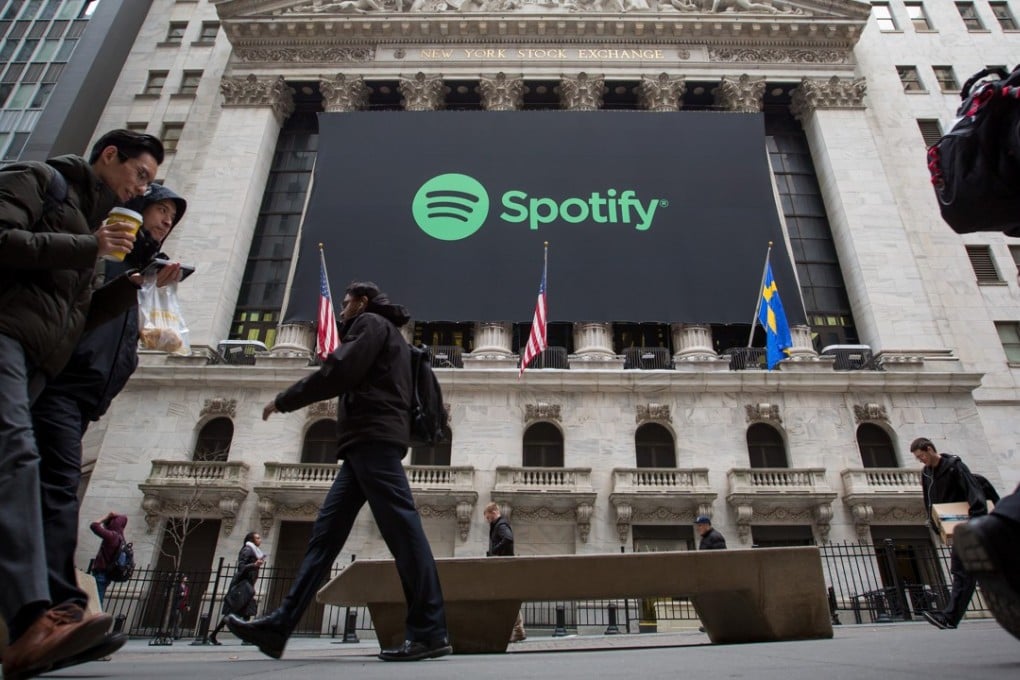The View | Spotify’s IPO was a success. Never mind that it’s a loss-making company
Stephen Vines says while most companies go to market to raise money, with its DIY listing on the New York Stock Exchange, Spotify is asking the market to be a loss funder. That’s far from unusual in hi-tech stock listings

One of the many things that the big investment banks never saw coming was do-it-yourself IPOs but, as this month’s successful listing by the music streaming company Spotify Technology SA has shown, it most certainly can be done.
Basically, DIY listings involve launching an initial public offering without underwriters, depriving investment banks of mouth-watering fees and the power to set an opening price.
Also absent from this launch were the company’s founders, who are generally to be found bell-ringing and beaming on first trading days.
Meanwhile, the New York Stock Exchange took this opportunity to demonstrate the challenges it faces as an international capital-raising centre by briefly raising the Swiss flag to celebrate the Swedish company’s debut – they got it right in the end.
And to get trading under way, the NYSE set an opening reference price for Spotify at US$132, based on pre-IPO price level shares for private trades. Thirty million shares changed hands on the first trading day. An immediate buying spree took the price to US$165.90, settling at US$149.01 by the end of the day, thus valuing the company at a staggering US$26.5 billion – not bad for a business which remains loss-making.
Besides money saving, what are the other advantages of a DIY IPO? First up is the obvious advantage of speed and flexibility.

